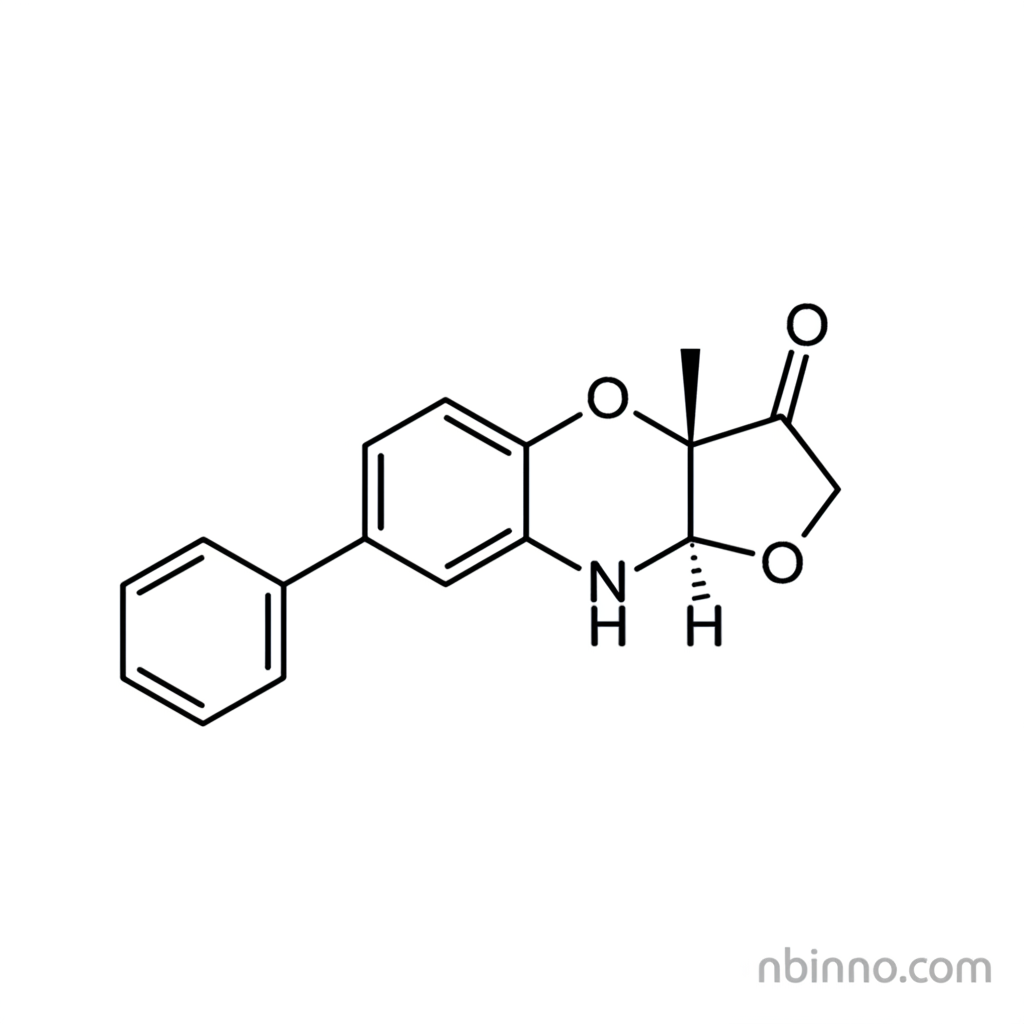Unlock the Future of Electronics with 4-Hexylthiophene-2-carbonitrile
Advance your organic electronic device development with our high-purity, versatile heterocyclic intermediate.
Get a Quote & SampleProduct Core Value

4-Hexylthiophene-2-carbonitrile
This chemical compound, known as 4-hexylthiophene-2-carbonitrile (CAS: 1224430-39-0), is a crucial building block for cutting-edge organic electronics. Its high purity and specific molecular structure make it an ideal choice for researchers and manufacturers developing next-generation OFETs, OLEDs, PLEDs, and OPVs.
- Leverage 2-cyano-4-hexylthiophene properties for advanced organic semiconductor applications and create more efficient electronic devices.
- Source high purity heterocyclic compounds essential for reliable and reproducible results in your research and manufacturing.
- Discover the potential of 4-hexylthiophene-2-carbonitrile CAS 1224430-39-0 as a key intermediate in the synthesis of complex organic materials.
- Ensure optimal performance in your organic field-effect transistor materials by utilizing this precisely synthesized thiophene derivative.
Advantages Offered
Enhanced Device Performance
By using 4-hexylthiophene-2-carbonitrile, you can significantly improve the charge transport properties and overall efficiency in OLED, PLED, and OPV devices, a key aspect when you buy 4-hexylthiophene-2-carbonitrile online.
Versatile Synthesis Capabilities
As a vital intermediate, this compound facilitates complex organic synthesis, allowing for the creation of novel materials tailored for specific electronic applications, making it a top choice for an organic electronics materials supplier.
Reliable Quality and Purity
With a minimum purity of 97%, this material ensures consistent and predictable outcomes, reducing variability in your production processes and supporting your need for high purity heterocyclic compounds.
Key Applications
Organic Field-Effect Transistors (OFETs)
Utilize the semiconducting properties of thiophene derivatives like 4-hexylthiophene-2-carbonitrile to develop high-performance OFETs for flexible displays and sensors.
Organic Light-Emitting Diodes (OLEDs)
This intermediate is crucial for synthesizing emissive and charge-transporting layers in OLEDs, contributing to brighter and more energy-efficient displays.
Polymer Light-Emitting Diodes (PLEDs)
Its unique structure makes it valuable for creating polymers used in PLEDs, enabling applications in large-area lighting and signage.
Organic Photovoltaics (OPVs)
As a building block for donor-acceptor polymers, it aids in the development of efficient and flexible solar cells, contributing to the field of renewable energy.
